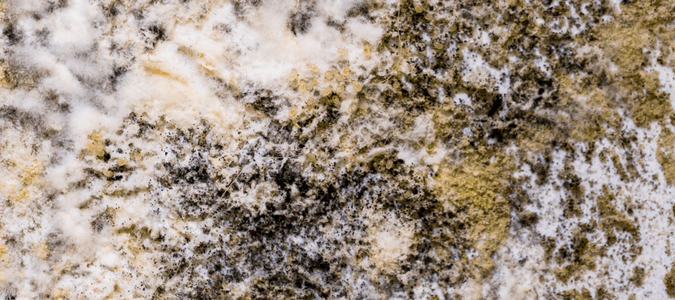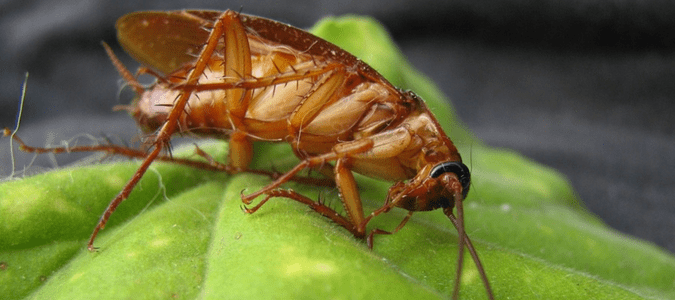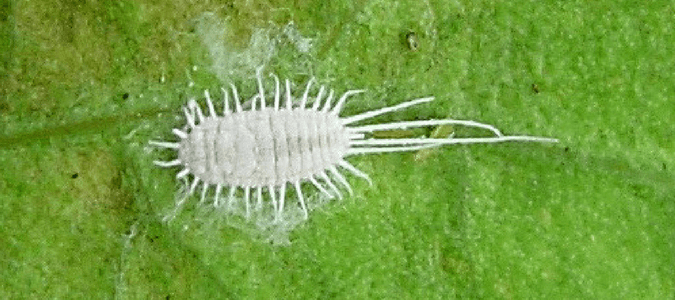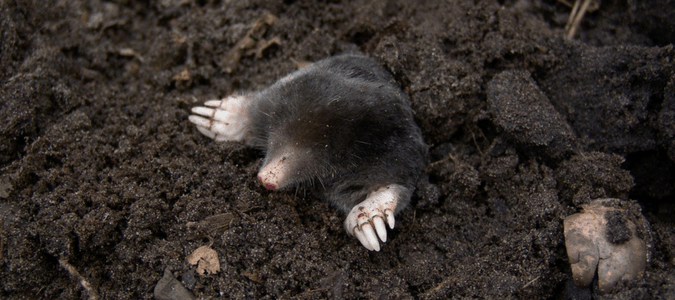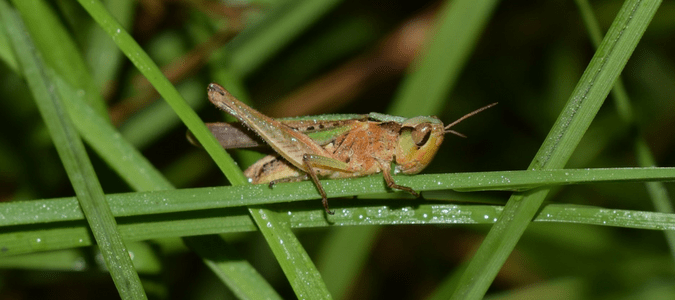5 Signs There’s a Pest in Your Attic & 8 Ways to Prevent It

As we move into November, the days and nights spent outside enjoying the warm weather are coming to an end. Just as we start to head indoors, so do pesky critters trying to find warmth and shelter in our homes. Mice, rats, bats, squirrels and raccoons are the most common pests in your attic in Texas homes. If the proper precautions are not taken, they can be found in garages, under porches, and in your attic during the colder months. These pests are notorious for squeezing into very small entry points and nesting in attics and walls. Once inside, they can chew insulation, wood and wires. Not only does this cause significant damage to your home, but exposed wires also create a potential fire hazard.
A pest invasion can be preventable with the proper precautions. The first step is determining if there is a pest in your attic and … Read Full Post »
